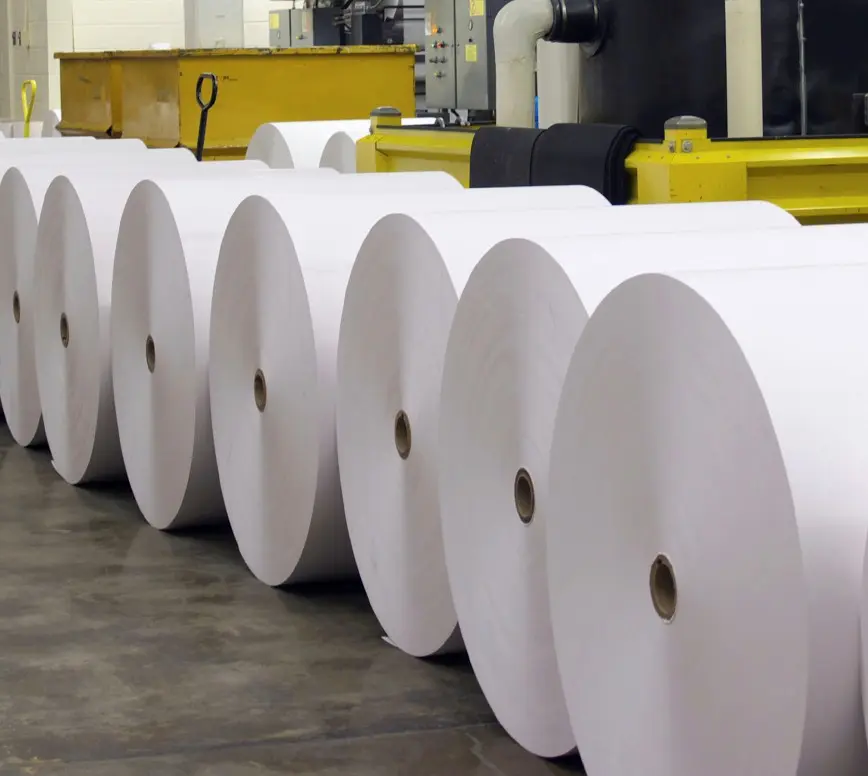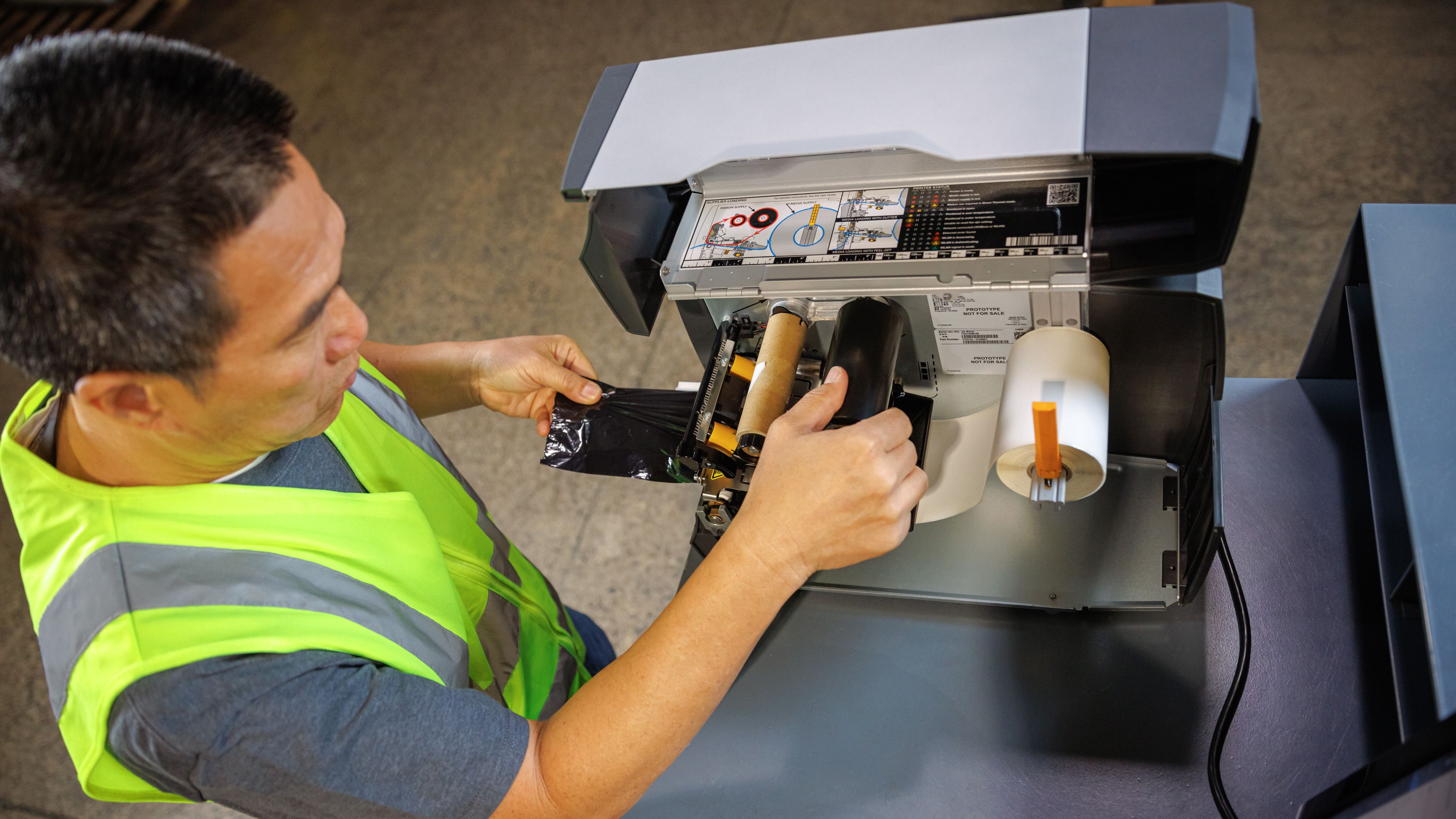There are many misconceptions when it comes to printing on Tyvek material. Talk to some self-appointed “experts”, and they will tell you that printing on Tyvek is very difficult, and that laser printing on the material is all but impossible.
Whilst this may have been the case a few years ago, the ever-expanding use of Tyvek has led to huge advances in the techniques used to print on the material. Whilst, in days gone by, printing on Tyvek was a slow, messy process, it need not be like this anymore.
To understand why some are dubious about Tyvek printing, it is useful to understand what it is made from. Though superficially similar to paper, Tyvek is in fact an entirely synthetic material. In the production of Tyvek, extremely thin polymer fibers are bonded together with extreme force and at high temperatures. It is this that gives Tyvek many of its amazing properties, but also what makes it a challenge to print on.
First and foremost, the fact that Tyvek material is waterproof makes the use of water-based inks very difficult. When printing on paper, inks are easily and quickly absorbed into the substrate, where they dry quickly. On Tyvek, standard printing inks tend to bead on the surface. This means that they dry slowly, and can lead to catastrophic smears if print processes are run too quickly.
Laser printing on Tyvek has its own difficulties. Tyvek is essentially a thermoplastic, and will return to a semi-liquid state if exposed to high temperatures. Standard laser printers use very high temperatures, depositing toner onto the substrate and then fixing it in place with high intensity lasers. This can melt Tyvek, damaging the material and in some cases even jamming the printer in use. This is the reason why DuPont, the inventors of Tyvek, do not recommend using standard laser printers on Tyvek.
That said, some types of laser printer – namely cool-process (flash-fusion) varieties – operate at much lower temperatures. These machines are accordingly the only type of laser printer recommended for use with Tyvek. Bear in mind, however, that machines of this type are generally expensive, difficult to maintain, and produce print qualities that are inferior to other methods. This reduced print sharpness is a particular problem in situations where barcodes are needed, as in the production of medical packaging.
If you came here looking for an easy way of laser printing on Tyvek, I’m afraid I have to disappoint you. However, all is not lost, because there are methods of Tyvek printing which maintain the accuracy of ink techniques whilst also rivaling the speeds of laser printers – Thermal Transfer.
The thermal transfer method of printing on Tyvek is quickly becoming the industry standard. Whilst it used to be a somewhat obscure technique, recent advances in printer technology mean that the most modern machines can print using this method very quickly and accurately. With no liquid inks used, the possibility of smearing is eliminated, and the low temperatures used with this technique do not damage the Tyvek substrate.



